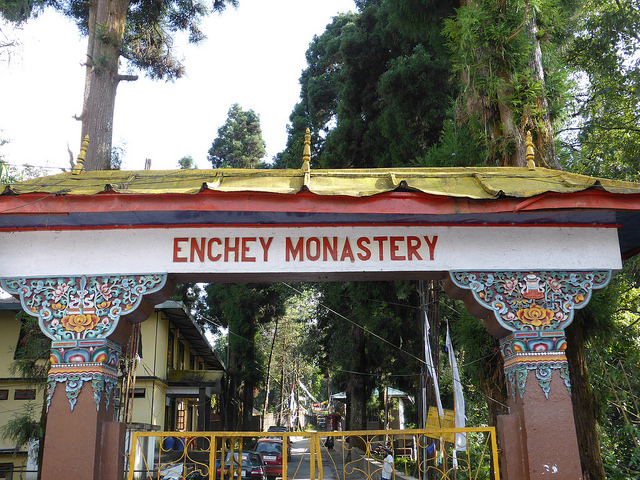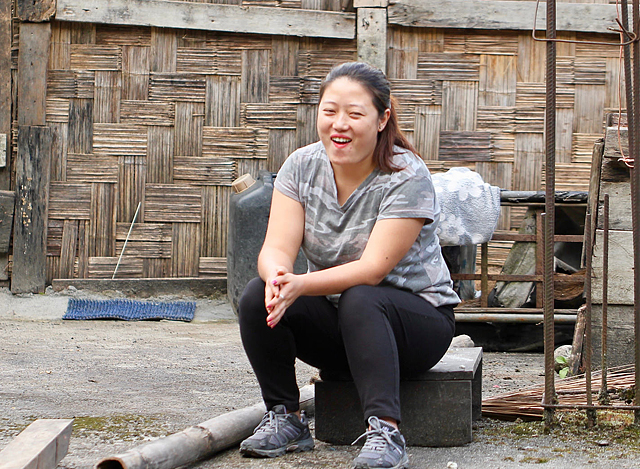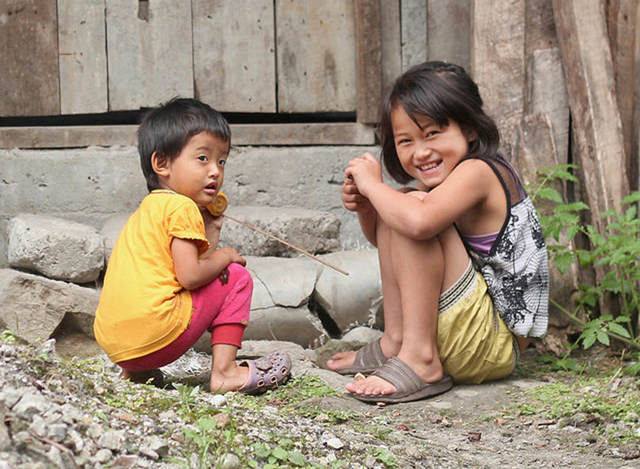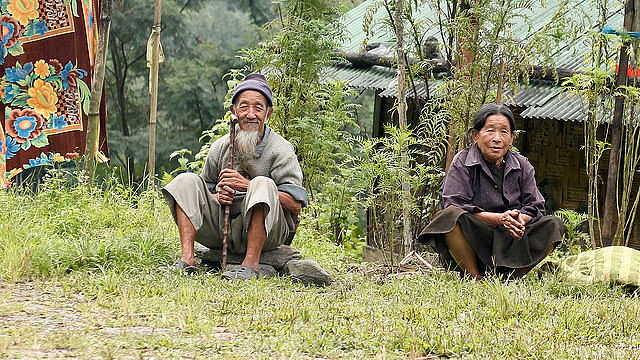Last week the Sikkim Chronicle published a feature story about a retired Lepcha civil servant and educator who exemplifies the giving spirit of her society. Although this website published an article about her in 2012, Ms. Keepu Tsering Lepcha is inspiring enough to warrant another look at her accomplishments and ideals.

Ms. Keepu was born into a Lepcha family in Sikkim in 1942. Her father worked for the government in a job that required him to travel to many remote corners of the state. As a result, he raised her with an ideal of doing things for their society. She attended primary and secondary schools in Gangtok, the capital of Sikkim, and went to college in Darjeeling, a town in West Bengal to the south that also has a Lepcha community. After that, she did postgraduate work in Calcutta, the capital of West Bengal state. In 1967 she returned to Gangtok to take a position as a teacher.
She taught at the Enchey Senior Secondary School where she also served as the principal for a while. The school had been established as a refuge for Tibetan children, 400 of whom lived in a hostel attached to it. In its early history, the school was affiliated with the Enchey monastery. Ms. Keepu volunteered to live with the refugee kids, many of whom had lost their parents when they had fled from Tibet. She and the other teachers served as counselors for the children, advising them on personal hygiene issues such as bathing, cutting their hair, and washing their clothes, as well as on academic matters.
She then took a position for the state department of education as the assistant director, where she worked until 1994. She developed and published textbooks for the primary grades and organized training programs for elementary school teachers who taught the local languages.

Ms. Keepu also served for 28 years as the project director for the Rural Development Agency, which helps the rural poor in Sikkim. As part of her duties, she visited rural poor people, especially women, and learned how they cope with their problems. She took a variety of other jobs, finally retiring in the year 2000 from a position as secretary of the department of sports and youth affairs.
But those were just her formal positions. Since 1989 she has devoted herself to the role of mentor for children. She opened her home, called Lepcha Cottage, as a refuge for Lepcha kids. In her spare time, she tries to help other Lepcha people gain access to proper healthcare and to improve their economic and social conditions. She works to preserve the Lepcha traditional culture and the Lepcha language.

She pursues these projects both on her own volition and in her role as chair of the Human Development Foundation of Sikkim (HDFS). She helped establish that NGO in 1997 with the assistance of donors from Switzerland and other places. The primary mission of the organization is to provide for the needs of underprivileged kids from Sikkim, primarily by ensuring that they get an education. Today, the HDFS cares for many children and runs its own school up through class X. Some of its graduates are now attending universities.
The impact of Ms. Keepus’s commitment to her people and particularly to the Lepcha children has been enormous. She was given the Sikkim Award in 2007 for her many contributions to her society and she received a prestigious award from the government of India, the Padma Shri, in 2009.

Her generosity is certainly a characteristic of the Lepchas in general. Geoffrey Gorer in his 1967 book Himalayan Village: An Account of the Lepchas of Sikkim describes the generosity of the people with one another. He writes, for instance, that whenever he gave one person, adult or child, a gift that could be divided, such as a pack of cigarettes, the recipient would carefully divide the contents with everyone else present. Even children of three or four years old would reciprocate gifts from the author with gifts of their own. Gorer concludes, “Lepcha children and Lepcha adults are extraordinarily unselfish… (p.253),” one of the key elements in their peacefulness.
More information about the Lepcha Cottage and the Human Development Foundation of Sikkim can be found on its website.